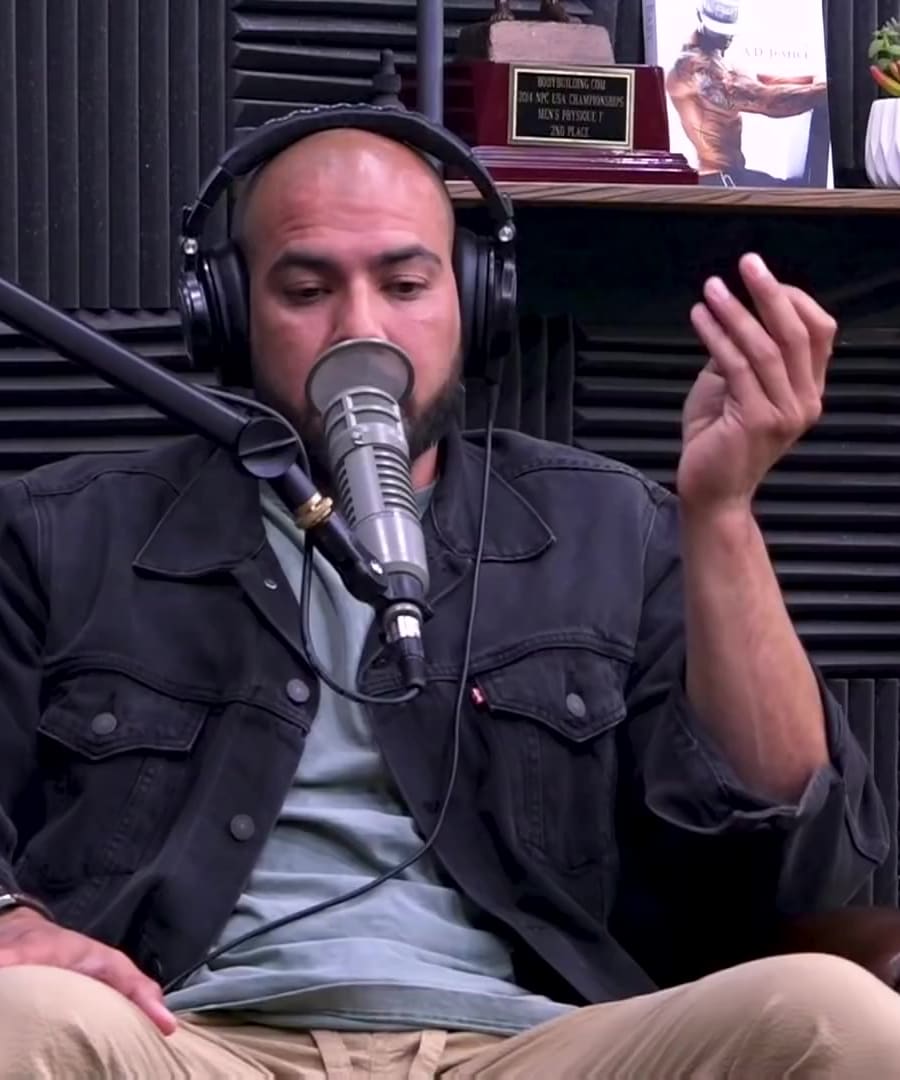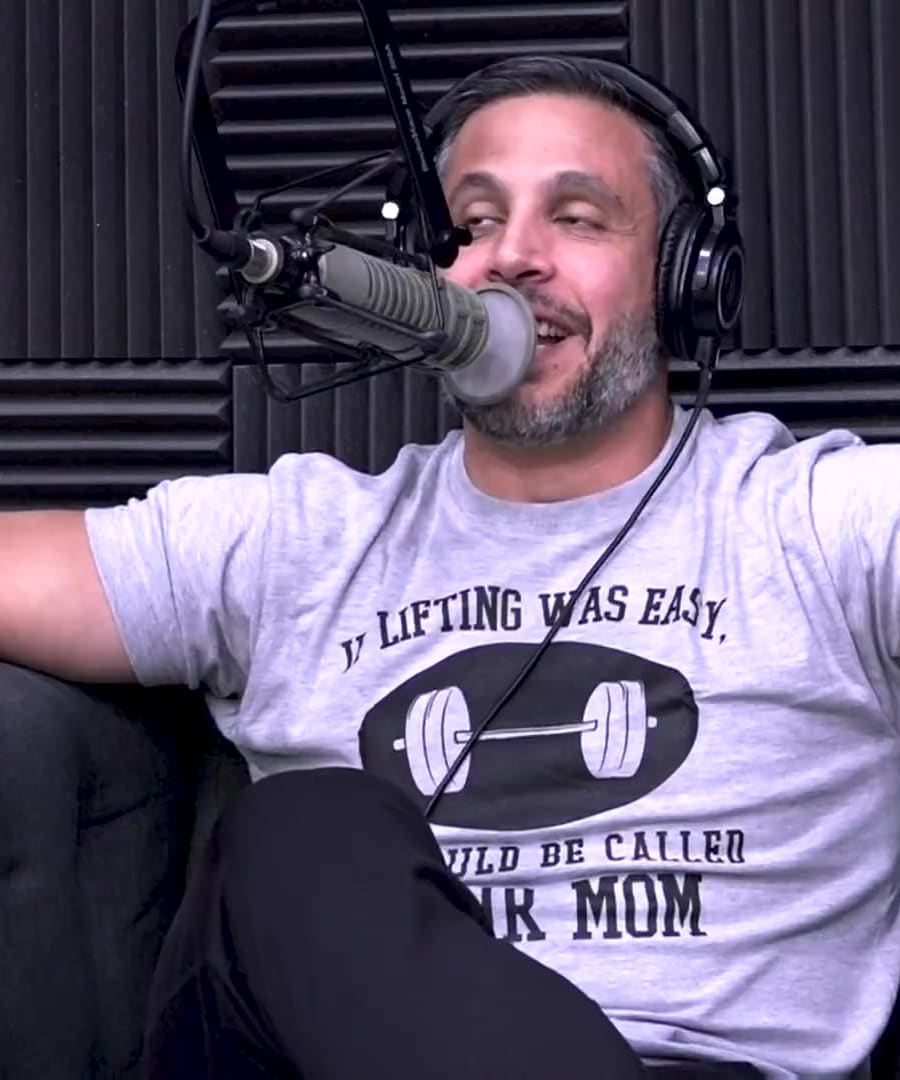I just finished maps anabolic what should I run next? I started performance advanced and didn’t really enjoy it. I want to focus on aesthetics but I have had shoulder issues and want to increase mobility, while building my chest and abs. What should I do?
Sources:
Based on your needs, the Mind Pump Podcast recommends taking the following step after completing Maps Anabolic.
Recommended Program: Maps Aesthetic
Given your focus on aesthetics and the desire to build specific areas like your chest and abs, Maps Aesthetic would be an effective program. It includes foundational, full-body routines along with focus sessions where you can concentrate on specific muscle groups, such as the chest and abs. This program increases volume on focus days to efficiently target and build these areas 1.
Addressing Shoulder Issues and Mobility
To aid in improving mobility and addressing your shoulder issues, it’s advised to incorporate mobility work into your routine. The Maps Prime Pro would be particularly beneficial for addressing shoulder and wrist mobility, which would help alleviate pain and improve joint function 2. The Maps Performance program, which includes mobility sessions, can also be a great addition to your routine to enhance joint health and prevent the development of chronic issues 3.
Ensuring Smooth Progression
Following Maps Anabolic, it’s generally recommended to have a progression through Maps Performance, and then Maps Aesthetic. This sequence ensures that gains in mobility and functional strength from Maps Performance enhance the effectiveness of the more aesthetics-focused training found in Maps Aesthetic 4.
Maps Performance also helps in preventing the potential plateau that might occur if shifting directly from foundational strength training to aesthetic focus, by improving your mobility and multiplanar movements 2.
By following this structured path, you maintain a flow that balances development, aesthetics, and health, particularly beneficial for someone recovering from shoulder issues and seeking improvements in mobility and specific muscle group development.
RELATED QUESTIONS


